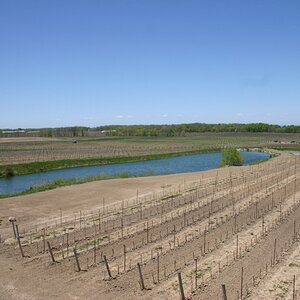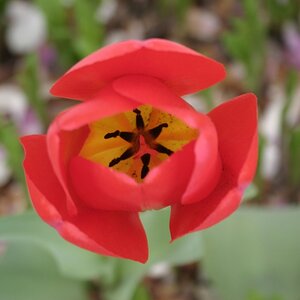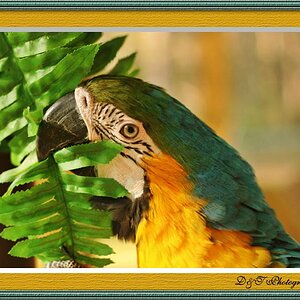DRAFTStudio
TPF Noob!
- Joined
- Dec 1, 2016
- Messages
- 7
- Reaction score
- 0
- Can others edit my Photos
- Photos NOT OK to edit
To start off, I'm not a photographer. I build custom motorcycles and much of my marketing is showing process through iphone photos. The lighting in my shop is pretty spotty so I'm looking to build in 2 or 3 large diffused light panels like you see over cars at the auto show. Only much cheaper than what I assume those cost...
I don't have any experience with lighting like this so I'm hoping you guys could provide some guidance.
My basic parameters:
- Need to be shallow. I'm working with 8' ceilings... and I'm 6'3"
- Easy to clean.
- Inexpensive. Hoping to do the whole job for a few hundred dollars.
- Enough to cover a 3-car width garage (700 sqft)
I should mention I'm looking to build these myself. I'm a fabricator so metal or wood structures are no problem. Let me know what you guys think.
I don't have any experience with lighting like this so I'm hoping you guys could provide some guidance.
My basic parameters:
- Need to be shallow. I'm working with 8' ceilings... and I'm 6'3"
- Easy to clean.
- Inexpensive. Hoping to do the whole job for a few hundred dollars.
- Enough to cover a 3-car width garage (700 sqft)
I should mention I'm looking to build these myself. I'm a fabricator so metal or wood structures are no problem. Let me know what you guys think.


![[No title]](/data/xfmg/thumbnail/37/37603-739c5d9b541a083a12f2f30e45ca2b7b.jpg?1619738147)



![[No title]](/data/xfmg/thumbnail/37/37602-1ef8dbb1c2d0e4ff347ee65d328c3603.jpg?1619738147)